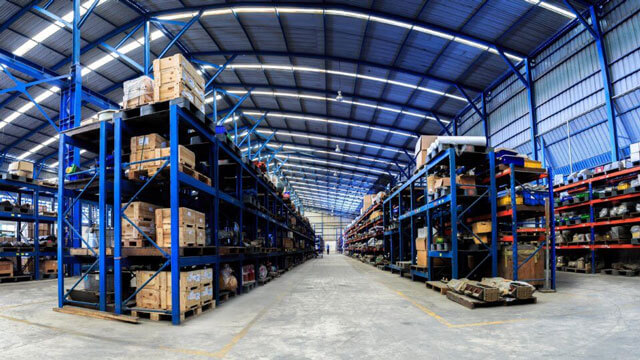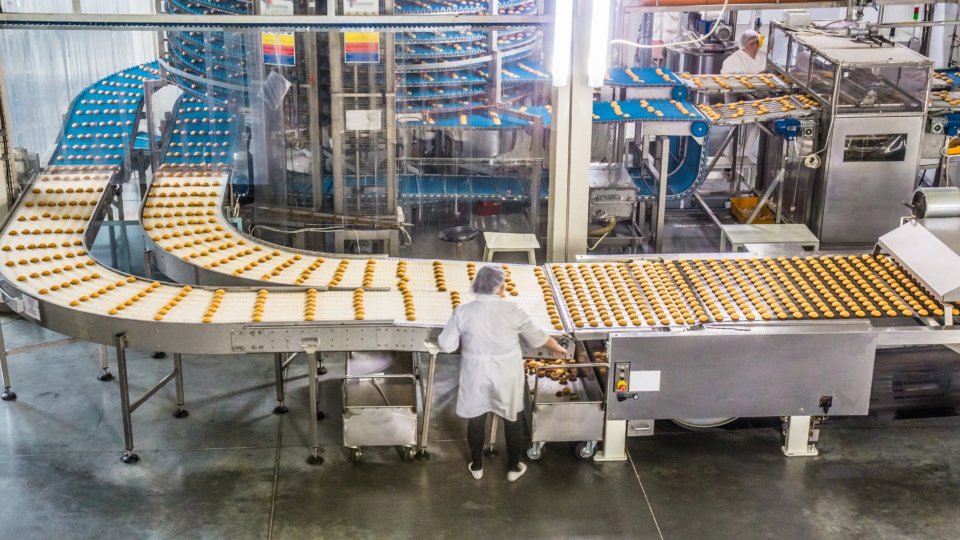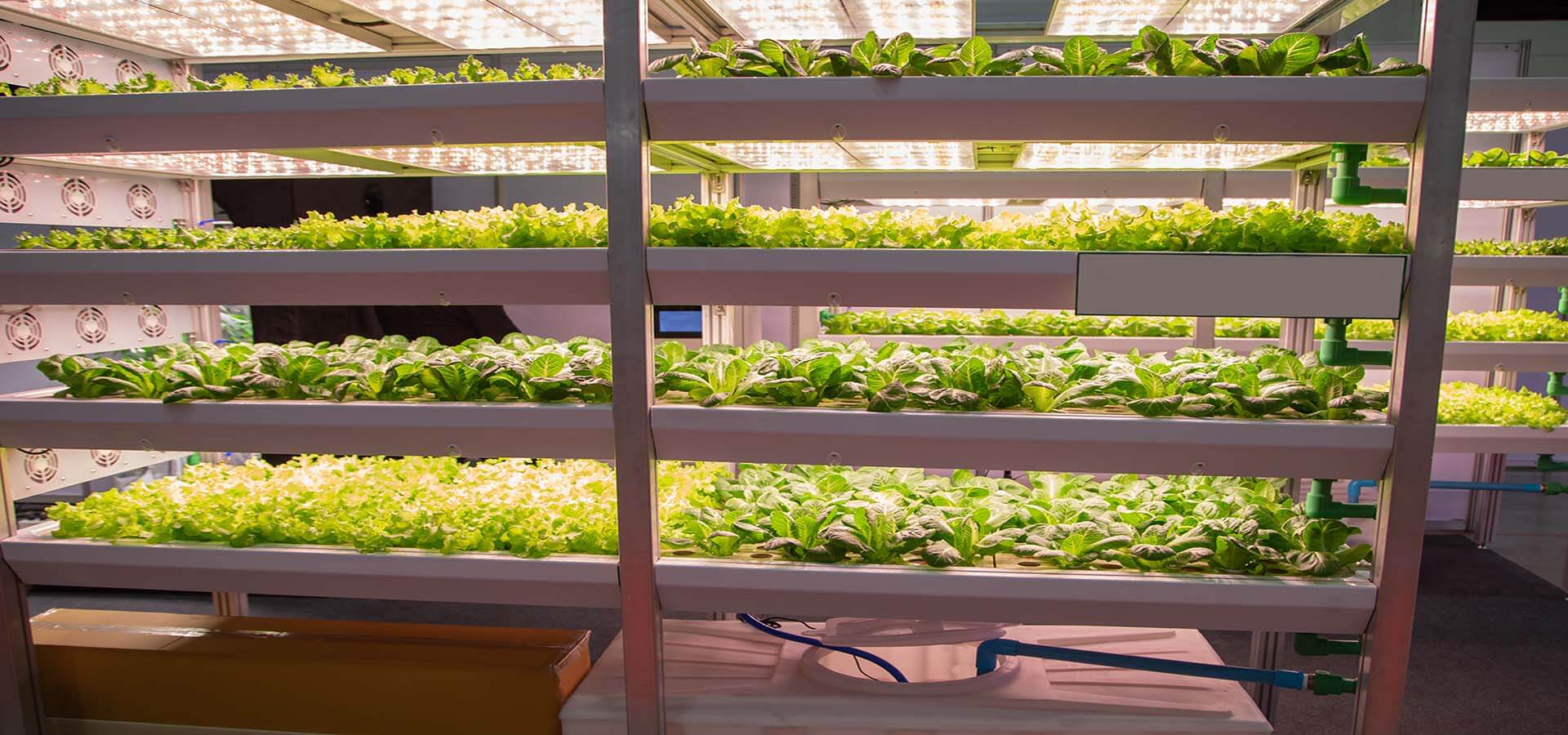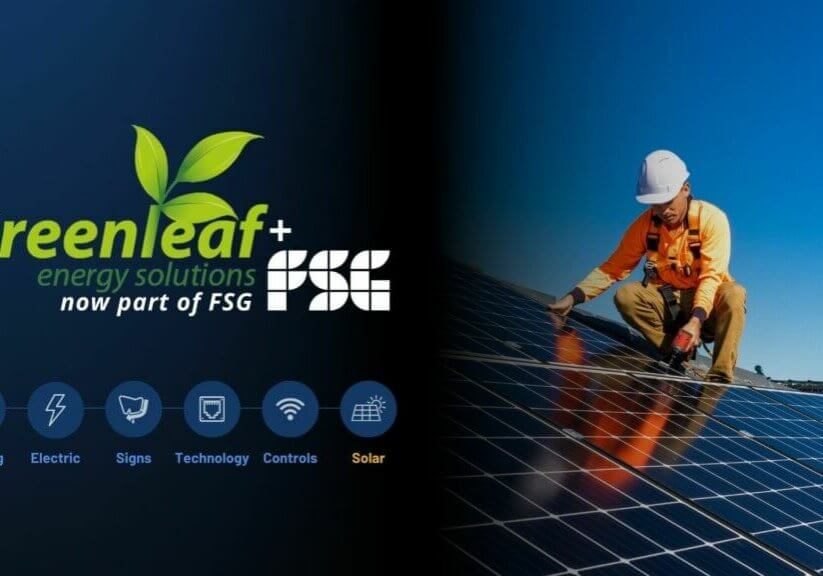Indoor Air Quality Monitoring is Here to Help Your School
Share Article
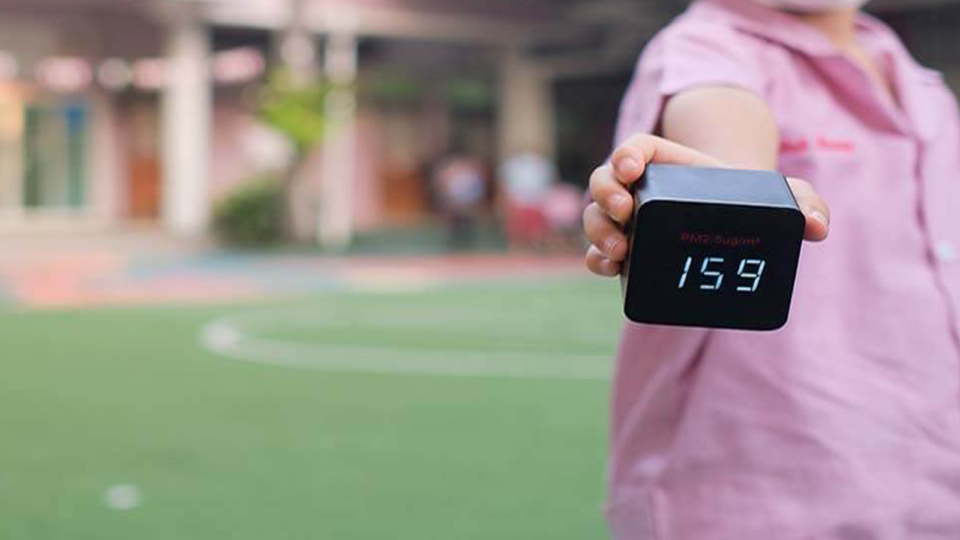
Even as hot weather continues to bake the southern and western states, northern leaves are beginning to consider a change of color and it’s easy to imagine cooler evenings arriving soon. The afternoon light is coming down at a softer angle, football season has officially begun, and many of our nation’s children have returned to school.
For school administrators tasked with keeping students and teachers safe while the COVID-19 pandemic stretches on, this hopeful time of year is also filled with anxiety about the future. Despite all the measures schools have taken to sanitize and disinfect their facilities, can administrators know for sure the school environment is safe for returning students and the teachers and employees who share the same spaces?
Thankfully, technology has emerged to answer that question. Advances in LoRaWAN networking have given more power and control to facility managers than ever before.
In this age of aerosolized virus transmission, indoor air quality (IAQ) remains the single most important aspect of safe facility operations. The good news is that now, finally, schools can actually prove that the environments they maintain for students are safe.
Indoor Air Quality
According to the Environmental Protection Agency (EPA) website, “IAQ refers to the air quality within and around buildings and structures, especially as it relates to the health and comfort of building occupants.”
Poor IAQ can deliver both immediate and long-term negative health impacts to people, even during times without pressing global health concerns like COVID-19.
The EPA states that “The likelihood of immediate reactions to indoor air pollutants depends on several factors including age and pre-existing medical conditions.” Sometimes, a negative reaction is simply a case of individual sensitivity.
Furthermore, while pollutants commonly found in indoor air can cause many harmful effects, there is considerable uncertainty about what concentrations or periods of exposure are necessary to produce specific health problems.
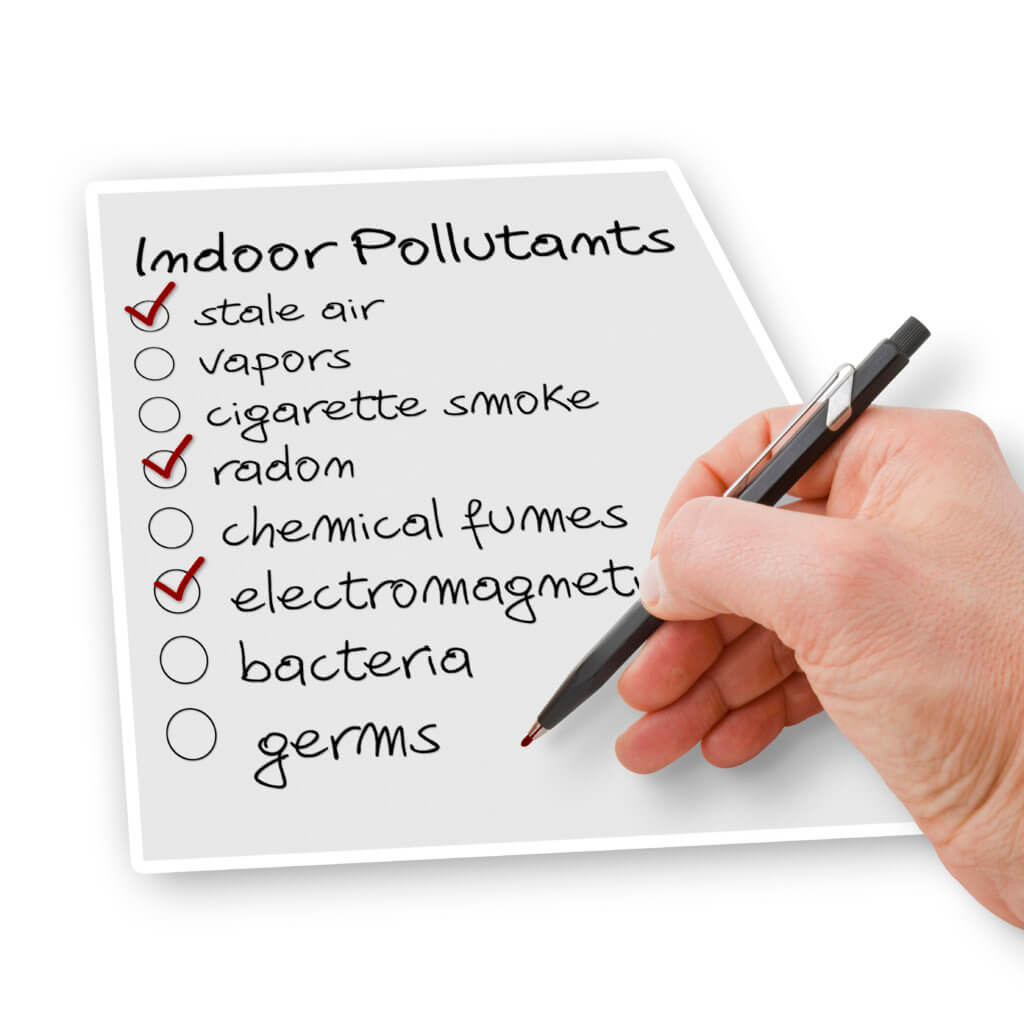
For this reason, facility managers and others responsible for maintaining safe spaces where people meet think proactively about IAQ, and often focus on various disinfection technologies such as UV-C lighting, Needlepoint Bipolar Ionization (NPBI), and enhanced HVAC filtration.
In the past, however, these school administrators could only hope their interventions in support of higher IAQ were paying dividends. Now, thanks to LoRaWAN networking and the “Internet of Things” (IoT), verifiably high IAQ is available to schools everywhere.
Let’s take a quick look at the technology that provides real-time IAQ monitoring and control for schools and other facilities so that a “return to normal” actually delivers an improvement on the way things were before COVID-19.
Welcome to the Future and the “Internet of Things“
Let’s take a minute to learn a bit about the “Internet of Things” (IoT), and some of the ways the IoT is poised to transform the way we live our lives in relation to the machines and systems we use every day.
Basically, the “Internet of Things” includes objects that have been built to include sensors, processors, and software that govern their normal function. Household appliances, audio/video equipment, and modern HVAC systems all fall into this category.
When these devices are networked together, the ability to coordinate functions and exchange data between connected devices becomes very attractive, especially in commercial settings or in circumstances where facility management is focused on multiple locations with different operating parameters.
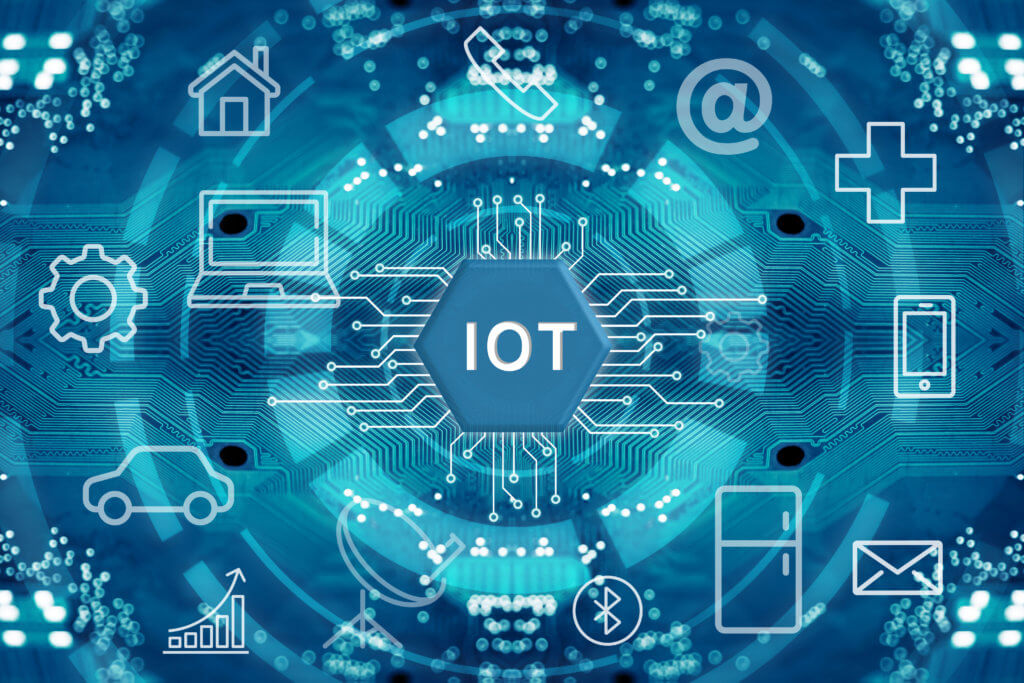
While the IoT was only a theoretical proposition 20 years ago, these days the field has evolved to include multiple technologies including advanced computing, highly specialized sensors and monitors, more robust embedded systems, and machine learning.
With regard to control systems, environmental sensors, and building automation, the “Internet of Things” has fully arrived as a viable and reliable platform on which to streamline and manage facility operations.
While detractors rightly point out the need to codify privacy and security issues that can naturally arise from the widespread use of the IoT, governments and industrial leaders have already begun to address these issues. Today’s IoT networks are more secure than they were just a few short years ago, and future IoT networks will naturally include advanced security features to address the specific challenges of their day.
The simple fact is that the financial efficiencies to be gained for commercial facility managers – as well as the public health benefits resulting from higher institutional indoor air quality – render these concerns important, but secondary. For a growing number of facility operators across the country, the benefits of IoT networking are just too attractive.
LoRaWAN – A Great Way to Manage the IoT
The name LoRaWAN stands for “Long Range Wide Area Network”. “LoRa” is a spectrum modulation technique derived from something called chirp spread spectrum (CSS) technology.
LoRa is a long-range, low-power wireless radio frequency platform that aligns perfectly with the facility management goals of the Internet of Things. Industrial and commercial automation applications are a natural fit with this platform that delivers extended range, lower cost, and lower power usage.

The primary advantages of LoRa are its range and its affordability. The platform has been widely used in recent years, especially in “smart city” applications where low-powered and inexpensive IoT devices such as sensors and monitors spread across a large area send small packets of data back to a monitoring and control station.
The non-profit LoRa Alliance® does a great job explaining the technology.
A quick glance at their website will help you understand why LoRaWAN has already been deployed by major mobile network operators globally, with ongoing expansion projects taking place right now.
Putting This Technology to Work for Schools
All of these technological breakthroughs are beginning to pay large dividends for facility operators looking to more efficiently manage their properties. For school administrators, the benefits extend beyond simple financial considerations, however.
Verifiable IAQ is now a reality for schools, thanks to LoRaWAN technology and the Internet of Things. And in the age of COVID-19, with all its constantly evolving variants, IAQ is the one variable we can control within the walls of the schools where we send our children each day.
A case study of a recent project FSG completed for Harford Community College (HCC) in Maryland illustrates how superior IAQ is now available for schools everywhere. For HCC, the LoRaWAN network of connected air quality monitors allowed them to rest easy in the knowledge that their facilities were uniformly safe for students, teachers, and staff, and that the IAQ on their campus was verifiably high.
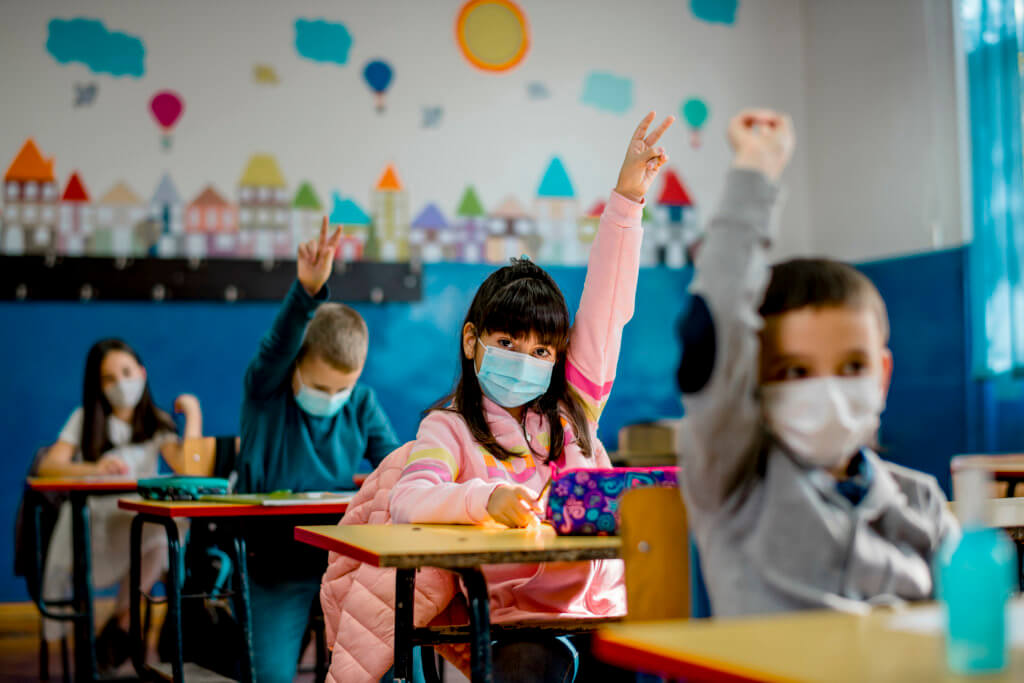
Schools like HCC in Maryland are starting to appreciate all the benefits available to them through their new LoRaWAN networks. Their multi-facility IAQ monitoring system can be managed remotely through a phone or desktop. Additionally, they can see the impact of volatile organic compounds (VOCs) such as paint and solvents, and make intelligent calls on when to use the building following maintenance or repair activities.
The LoRaWAN network does not have to connect to building WiFi, which is critical for IT administrators tasked with maintaining all-important internet networks. Best of all, there are add-on solutions such as safety systems, refrigeration monitoring, etc. that can come into play in the future, now that the network has been installed.
For school administrators all across the country, the past year has been defined by extreme efforts to provide sanitary spaces for students and faculty. Sadly, these costly building cleaning programs and remedial efforts to improve IAQ have been impossible to verify, leaving all parties unsure about the effectiveness of all that hard work.
While the pandemic continues to ravage our communities, IAQ monitoring and facility networking with LoRaWAN technology is finally allowing schools to fight back and claim one victory they can prove. This is a huge step forward.
FSG: Putting Schools First
At FSG, we understand the stakes for school administrators and facility managers during this extended season of COVID-19 and beyond. We know that schools need verifiable data they can show parents and politicians that illustrates the success of their efforts to improve IAQ in their enclosed spaces.
And even though the current pandemic still dominates the headlines, IAQ is an important concern for facility managers in all seasons, not just during times like these. Every year, school and work absences across the country are predictably caused by contagious airborne illnesses like influenza, chickenpox, measles, mumps, as well as the common cold.
Fullerton School District Case Study
As we move forward into a healthier future, more and more school administrators are acting on the hard lessons learned over the past two years and taking the time to educate themselves about the latest technologies available to ensure safe and healthy IAQ.
If you are a facility manager or administrator interested in learning about the latest NPBI and UV-C technology available to safeguard your facilities, FSG is here to help. If you are interested in monitoring all these systems through one remote and streamlined interface, a LoRaWAN network of IoT devices is the perfect solution for your campus.
We are ready and available to help from locations all over the U.S. Call us at (877) 293-6689, or fill out a form and learn how affordable and readily available verifiably higher indoor air quality can be.




